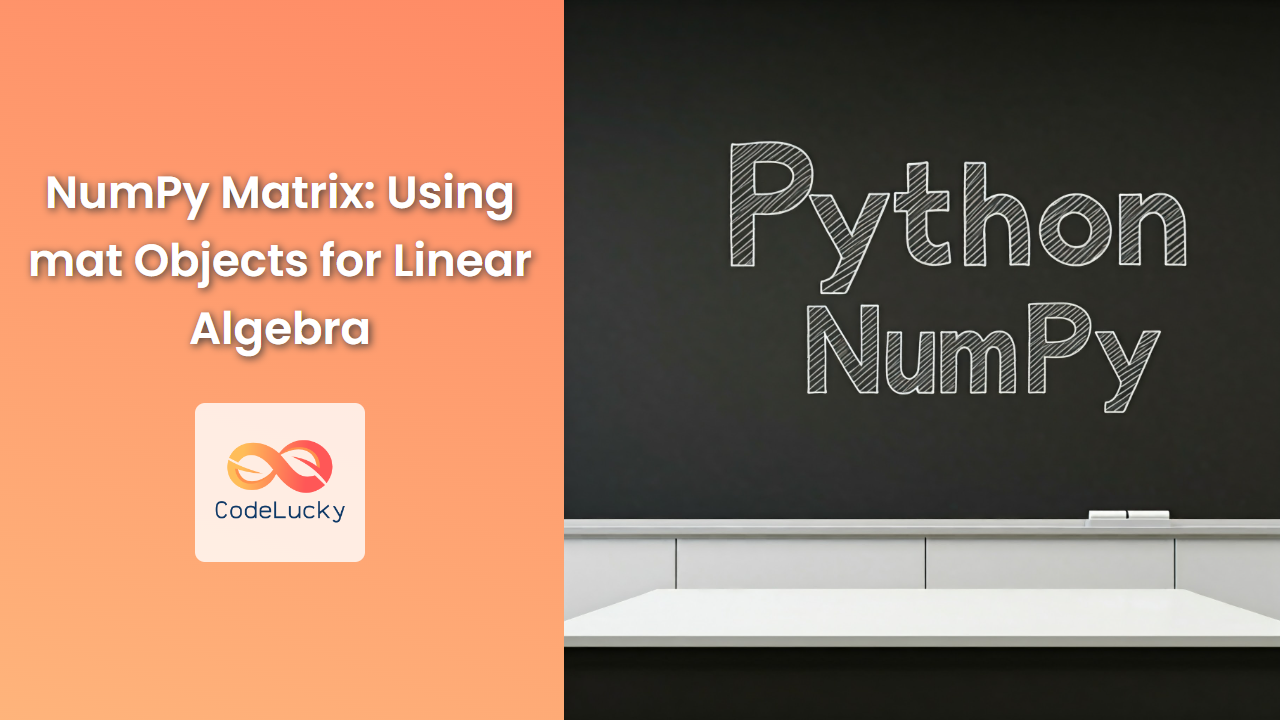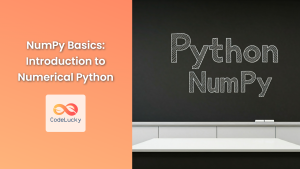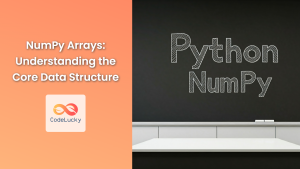NumPy's mat objects provide a specialized way to represent and manipulate matrices in Python. While not as widely used as NumPy arrays, mat objects offer advantages in linear algebra tasks, particularly for matrix multiplication, inversion, and solving systems of linear equations. This guide delves into the nuances of mat objects, explaining their features, benefits, and potential applications in various computational scenarios.
What are NumPy mat Objects?
NumPy's mat objects are essentially two-dimensional arrays designed specifically for linear algebra operations. They inherit from the ndarray class, meaning they possess all the properties of NumPy arrays. However, mat objects are optimized for matrix-specific operations, facilitating smoother handling of matrix manipulations.
Key Differences from ndarray:
- Default Behavior: When performing multiplication between two
matobjects, NumPy assumes matrix multiplication, whereas multiplying twondarrayobjects results in element-wise multiplication. - Inversion: NumPy's
linalgmodule offers dedicated functions for inverting matrices, which are tailored formatobjects. - Data Type:
matobjects are typically initialized with floating-point values, although they can accommodate other data types if explicitly specified.
Creating mat Objects
You can create mat objects using the mat function, which converts a list, tuple, or array into a matrix.
import numpy as np
# Create a matrix from a list
matrix = np.mat([[1, 2, 3], [4, 5, 6]])
# Print the matrix
print(matrix)
[[1 2 3]
[4 5 6]]
Explanation:
- The
np.matfunction converts the provided list of lists (representing matrix rows) into a NumPymatobject. - The
printfunction displays the matrix in a format resembling a mathematical matrix.
Matrix Multiplication
One of the key benefits of mat objects is their streamlined matrix multiplication capabilities. Using the * operator on two mat objects automatically performs matrix multiplication.
# Create two matrices
matrix1 = np.mat([[1, 2], [3, 4]])
matrix2 = np.mat([[5, 6], [7, 8]])
# Multiply the matrices
product = matrix1 * matrix2
# Print the product
print(product)
[[19 22]
[43 50]]
Explanation:
- The
*operator betweenmatrix1andmatrix2performs matrix multiplication, yielding the product matrix. - The
printfunction displays the resulting matrix, showcasing the product of the two matrices.
Matrix Inversion
NumPy's linalg module offers the inv function for inverting matrices. This function is specifically designed to handle mat objects.
# Create a matrix
matrix = np.mat([[1, 2], [3, 4]])
# Invert the matrix
inverse = np.linalg.inv(matrix)
# Print the inverse
print(inverse)
[[-2. 1. ]
[ 1.5 -0.5]]
Explanation:
- The
np.linalg.invfunction calculates the inverse of the matrix. - The
printfunction displays the inverted matrix, which is the multiplicative inverse of the original matrix.
Solving Linear Equations
mat objects can be used effectively to solve systems of linear equations. The solve function from linalg can directly handle equations in matrix form.
# Define the coefficient matrix and the constant vector
A = np.mat([[2, 3], [4, 1]])
b = np.mat([[1], [7]])
# Solve the system of equations
x = np.linalg.solve(A, b)
# Print the solution
print(x)
[[ 1.]
[-1.]]
Explanation:
- The
np.linalg.solve(A, b)function solves the system of linear equations represented by Ax = b, where A is the coefficient matrix, x is the vector of unknowns, and b is the constant vector. - The
printfunction displays the solution vector x, which represents the values of the unknowns.
Performance Considerations
While mat objects offer benefits for linear algebra tasks, using NumPy arrays with vectorized operations is often more efficient for large-scale computations. ndarray objects are generally faster due to their underlying C implementation, whereas mat objects rely on Python-level operations, leading to potential performance bottlenecks.
Compatibility Notes
The mat object functionality has remained consistent across various NumPy versions. However, it's always recommended to consult the official NumPy documentation for the latest updates and compatibility details.
Conclusion
NumPy mat objects provide a dedicated interface for working with matrices in linear algebra, simplifying matrix operations and facilitating efficient handling of matrix-related computations. However, it's important to remember that for large-scale numerical computations, vectorized operations on NumPy arrays often outperform mat objects in terms of efficiency. By understanding the strengths and weaknesses of mat objects, you can choose the appropriate approach for your specific linear algebra tasks.



















